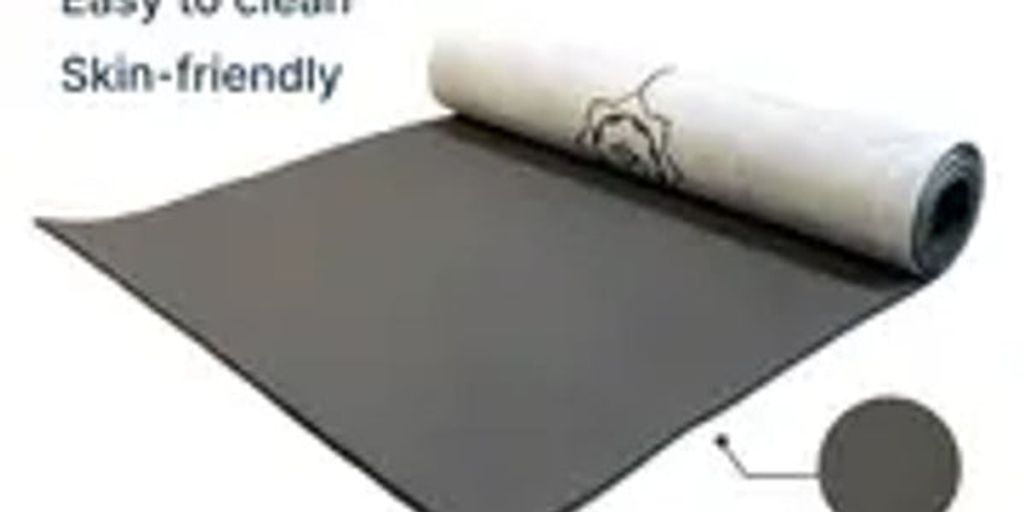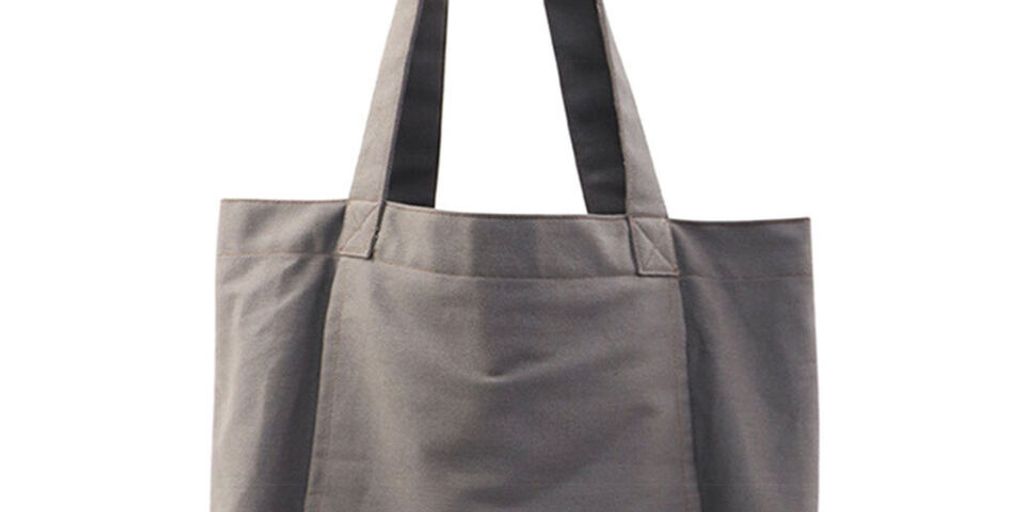
Choosing the Perfect Hot Yoga Mat: A Comprehensive Guide
Hot yoga is a popular way to stay fit and flexible, but it requires the right gear to make the most of your practice. One of the most important pieces of equipment is the yoga mat. Choosing the perfect hot yoga mat can make a big difference in your comfort and performance during sessions. This guide will help you understand what to look for when picking out a hot yoga mat, so you can find the one that suits your needs best.
Key Takeaways
- Specialized hot yoga mats are designed to handle sweat and heat better than regular mats.
- Materials like natural rubber, PVC, and TPE each have their own pros and cons.
- A good grip and texture are essential to prevent slipping during sweaty sessions.
- Finding the right thickness balances comfort and portability.
- Proper maintenance can extend the life of your hot yoga mat.
Understanding the Importance of a Hot Yoga Mat
Hot yoga is a unique practice that requires a special kind of mat. Regular mats just don't cut it when you're sweating buckets. Let's dive into why a hot yoga mat is essential.
Why a Specialized Mat Matters
A specialized mat is designed to handle the intense heat and moisture of hot yoga. Regular mats can become slippery and unsafe. A hot yoga mat provides the grip and stability you need to practice safely.
Differences Between Hot Yoga Mats and Regular Mats
Hot yoga mats are made from materials that can absorb sweat and maintain grip. Regular mats often lack this feature. Hot yoga mats are also usually thicker to provide extra cushioning for your joints.
Benefits of Using a Hot Yoga Mat
Using a hot yoga mat can enhance your practice. It offers better grip, which means you can hold poses longer and with more confidence. Plus, the extra cushioning can help protect your joints from strain.
Choosing the right hot yoga mat can make a big difference in your practice. It can help you stay safe and comfortable, allowing you to focus on your poses and breathing.
Material Matters: Choosing the Right Fabric for Your Hot Yoga Mat
Natural Rubber Mats
Natural rubber mats are a popular choice for hot yoga enthusiasts. They offer excellent grip and are made from eco-friendly materials. These mats are durable and provide a firm surface, which is essential for maintaining balance during poses. However, they can be heavier and may have a distinct smell when new.
PVC and TPE Mats
PVC and TPE mats are known for their affordability and lightweight nature. PVC mats are durable and easy to clean, but they are not as environmentally friendly. TPE mats, on the other hand, are a more sustainable option and offer good cushioning. Both types provide decent grip, but they may not perform as well as natural rubber mats in extremely sweaty conditions.
Eco-Friendly Options
For those who prioritize sustainability, there are several eco-friendly options available. Mats made from cork, jute, or organic cotton are excellent choices. These materials are biodegradable and often come from renewable sources. Cork mats, in particular, maintain grip wet or dry, even in hot yoga, making them a great choice for eco-conscious yogis.
Grip and Texture: Ensuring Stability During Practice
Non-Slip Surfaces
When practicing hot yoga, having a mat with a non-slip surface is crucial. Mats with a textured surface can prevent slipping, making them suitable for vigorous practices like vinyasa or hot yoga. This ensures you maintain your poses without the risk of injury.
Textured vs. Smooth Mats
Choosing between a textured and smooth mat depends on your personal preference. Textured mats offer better grip, especially when you start to sweat. On the other hand, smooth mats might feel more comfortable but can lead to a loss of grip, making it slippery during intense sessions.
Sweat Absorption and Grip
Sweat absorption is another important factor. Mats that absorb sweat can help maintain grip throughout your practice. However, they require more frequent cleaning to prevent odor and bacteria buildup. Look for mats designed specifically for hot yoga, as they often have features that enhance grip even when wet.
A good hot yoga mat should balance grip and comfort, ensuring you can focus on your practice without worrying about slipping.
Thickness and Cushioning: Finding the Balance
Ideal Thickness for Hot Yoga
When choosing a hot yoga mat, the thickness is crucial. A mat that's too thin can be uncomfortable, while one that's too thick might make balancing harder. Most hot yoga mats range from 3mm to 6mm in thickness. For example, the Manduka Pro Yoga Mat is 6 millimeters thick, providing ample cushion.
Cushioning and Joint Support
Cushioning is important for protecting your joints during practice. A well-cushioned mat can help prevent knee and wrist pain. Look for mats with dense foam or rubber that offer good support without being too squishy.
Portability vs. Comfort
Finding the right balance between portability and comfort is key. Thicker mats are more comfortable but can be heavy to carry. If you travel often, you might prefer a lighter mat, even if it means sacrificing some comfort. Consider your lifestyle and how you'll be using the mat to make the best choice.
Maintenance and Durability: Keeping Your Hot Yoga Mat in Top Shape
Cleaning and Care Tips
To keep your hot yoga mat in good condition, regular cleaning is essential. After each session, wipe down your mat with a damp cloth to remove sweat and dirt. For a deeper clean, use a mixture of water and mild soap. Avoid using harsh chemicals as they can damage the mat's surface. Let your mat air dry completely before rolling it up.
Longevity and Wear Resistance
The lifespan of your hot yoga mat depends on how often you use it and how well you take care of it. High-quality mats are designed to withstand frequent use and provide excellent wear resistance. Regular maintenance can significantly extend the life of your mat. If you notice any signs of wear and tear, such as thinning or peeling, it might be time to replace your mat.
Storage Solutions
Proper storage is crucial for maintaining your hot yoga mat's shape and durability. Always roll your mat up loosely and store it in a cool, dry place. Avoid exposing your mat to direct sunlight for extended periods, as this can cause the material to break down. Using a mat bag can also help protect your mat from dust and damage.
Taking good care of your hot yoga mat not only ensures its longevity but also enhances your practice by providing a clean and stable surface.
Price and Value: Investing in the Right Hot Yoga Mat
When it comes to hot yoga mats, the price can vary widely. It's important to find a mat that fits your budget but also meets your needs. Investing in a quality mat can make a big difference in your practice.
Budget-Friendly Options
If you're just starting out or on a tight budget, there are plenty of affordable mats available. These mats may not have all the bells and whistles, but they can still provide a good foundation for your practice. Look for mats that offer decent grip and cushioning without breaking the bank.
Mid-Range Choices
For those willing to spend a bit more, mid-range mats offer a balance between cost and features. These mats often have better grip, more cushioning, and are made from higher-quality materials. They are a great option for regular practitioners who want a reliable mat without spending too much.
Premium Mats and Their Benefits
Premium mats are the top-of-the-line choice for serious yogis. These mats are made from the best materials and offer superior grip, cushioning, and durability. While they come with a higher price tag, they are worth the investment for those who practice frequently and want the best experience possible.
Remember, a good yoga mat is an investment in your practice. It can enhance your comfort and stability, making each session more enjoyable.
Personal Preferences: Customizing Your Hot Yoga Experience
Color and Design Options
Choosing a hot yoga mat that reflects your personal style can make your practice more enjoyable. Mats come in a variety of colors and patterns, from calming blues and greens to vibrant reds and purples. Selecting a mat that you find visually appealing can enhance your motivation to practice regularly.
Size and Dimensions
Hot yoga mats are available in different sizes to suit various needs. Standard mats are typically 68 inches long and 24 inches wide, but you can find longer or wider options if you need more space. Consider your height and the type of poses you practice when choosing the right size for you.
Additional Features to Consider
Some hot yoga mats come with extra features that can enhance your practice:
- Alignment guides: Lines or patterns on the mat to help you position your hands and feet correctly.
- Carrying straps or bags: For easy transport to and from the studio.
- Extra padding: For added comfort during poses that put pressure on your joints.
Customizing your hot yoga mat to fit your personal preferences can make your practice more enjoyable and effective. Take the time to explore different options and find the mat that best suits your needs.
Everyone has their own style when it comes to hot yoga. Whether you prefer a natural rubber mat or a foldable one for easy travel, we have something for you. Check out our wide range of yoga mats and accessories to find what suits you best. Visit our website to explore all the options and make your hot yoga sessions even more enjoyable.
Conclusion
Choosing the right hot yoga mat can make a big difference in your practice. It's important to think about what you need, like grip, thickness, and material. Remember, the best mat for you is the one that feels right and helps you enjoy your yoga sessions. Take your time to try different mats and see which one works best for you. With the right mat, you'll be more comfortable and focused, making your hot yoga experience even better.
Frequently Asked Questions
Why do I need a special mat for hot yoga?
Hot yoga makes you sweat a lot, so you need a mat that can handle moisture and still give you a good grip. Regular mats might get slippery and unsafe.
What materials are best for hot yoga mats?
Mats made from natural rubber, PVC, or TPE are good choices. Each has its own pros and cons, but they all work well for hot yoga.
How thick should my hot yoga mat be?
A mat that's about 4-5mm thick is usually a good balance. It gives you enough cushioning for comfort but is still easy to carry around.
How do I clean my hot yoga mat?
You can clean your mat with a mix of water and mild soap. Make sure to wipe it down after each use and let it dry completely before rolling it up.
Are eco-friendly mats good for hot yoga?
Yes, eco-friendly mats can be great for hot yoga. They are often made from natural materials and are just as durable and grippy as other mats.
Is it worth spending more on a premium hot yoga mat?
If you do hot yoga regularly, investing in a premium mat can be worth it. They often last longer and provide better grip and comfort.


